Take "Find Career Quiz" & Discover Best Future Jobs
New Updates

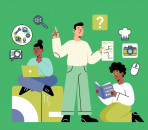
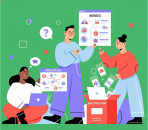
Take Quiz to Find the Right Career for You
Start the Test →Stop Guessing, Start Knowing: Take Career Finder Test
Choosing a fulfilling occupation today involves more than scanning job boards or following trends. With data-backed guidance, platforms like find my profession connect your strengths to market demand with precision. Instead of relying on hunches, you combine psychometric insights, labor statistics, and real-world experiments to narrow the field. This blend reduces risk, speeds decisions, and turns vague curiosity into an actionable roadmap you can trust.
When you treat career exploration as a structured project, you gain clarity on values, motivations, and constraints. That clarity shortens the journey toward outcomes linked to find my career aspirations you’ve long held but couldn’t articulate. You also see how transferable skills open doors across industries, not just roles with identical titles. As a result, you move from passive browsing to purposeful exploration with measurable milestones.
Noise abounds there are lists of “best jobs,” trends that rise and fall, and conflicting advice from well-meaning peers. Beyond personality labels, the process helps you find right career options that align with economics, lifestyle, and long-term resilience. By grounding choices in evidence, you protect your momentum and keep optimism high during transitions.
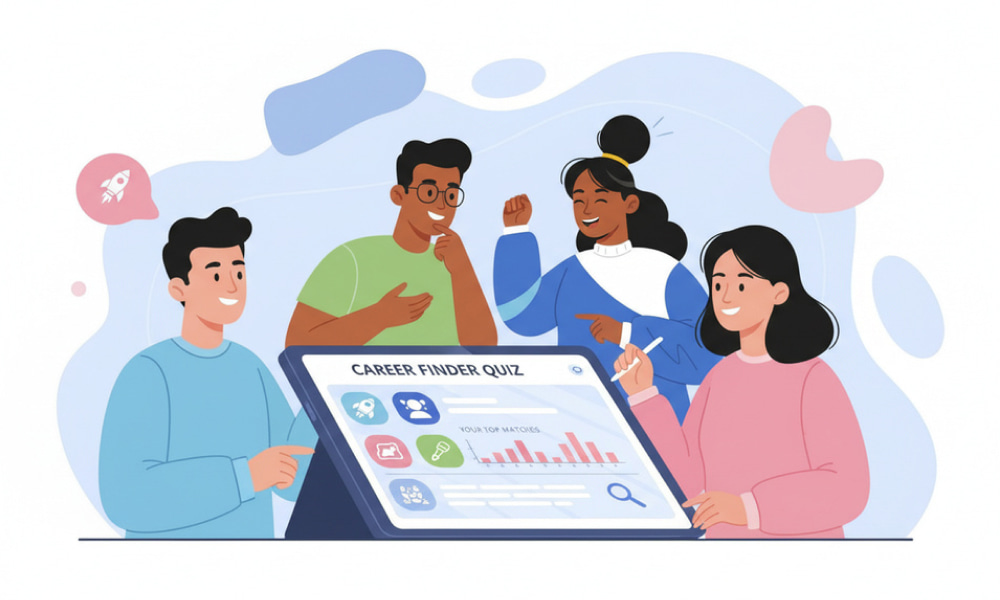
- Translate interests into skill hypotheses worth testing.
- Use market data to validate salary, demand, and growth.
- Plan quick experiments to learn fast and course-correct.
How Career Assessments and Evidence Turn Insight Into Direction
A robust assessment blends psychometrics with labor analytics to surface patterns you might miss. Many people start with a career finder test that evaluates interests, values, and work styles against clusters of occupations. The best tools explain their methodology, show validity benchmarks, and connect results to real job families. This transparency builds trust and helps you interpret outcomes wisely. Shorter checkpoints can validate your direction before you invest many hours. A playful find career quiz keeps momentum without overwhelming you or creating decision fatigue. These touchpoints reinforce themes, reveal blind spots, and prevent overfitting to a single snapshot of your preferences.
Scoring alone isn’t enough; you need context, examples, and next steps. Look for a validated career finder quiz that explains how results map to occupations and required competencies. Clear links from insight to action courses, projects, informational interviews turn static scores into dynamic progress. That way, you don’t just learn about yourself; you change what you do next week.
- Prefer assessments with transparent frameworks and reliability data.
- Combine results with curated job market intelligence and salary ranges.
- Translate scores into skill-building sprints and portfolio artifacts.
Tools, Resources, and a Practical Comparison to Accelerate Decisions
Research works best when it pairs suggestions with real-world data, examples, and timelines. With market maps and salary insights, you can find career path routes that remain resilient through change and disruption. A good stack includes skills taxonomies, role profiles, alumni outcomes, and mentor access to keep guidance pragmatic. Together, these elements help you move from exploration to execution without paralysis.
Visualization matters, because your brain grasps journeys faster than lists. Roadmaps help you find your career path by sequencing certifications, stretch projects, and low-risk experiments. As you connect dots between strengths and opportunities, you’ll see multiple viable routes, not just a single fragile bet. That redundancy reduces stress and boosts confidence.
| Resource Type | Primary Benefit | Best Use Case |
|---|---|---|
| Skills Taxonomy | Clarifies capabilities linked to specific roles | Identifying gaps and planning targeted learning |
| Labor Market Data | Shows demand, salary, and regional outlook | Comparing locations and prioritizing resilient roles |
| Portfolio Checklists | Translates knowledge into demonstrable artifacts | Proving value to hiring managers quickly |
| Mentor Sessions | Compresses learning via curated feedback | Avoiding dead-ends and refining positioning |
Cost matters, and you can pace your investment as you gain certainty. You might begin with a find my career test free option to gauge direction before upgrading to deeper coaching or premium analytics. As your focus sharpens, targeted courses and specialized mentorship deliver outsized returns. This staged approach keeps your budget aligned with value.
- Start lean, then scale resources as conviction grows.
- Track ROI by measuring interviews, offers, and salary shifts.
- Review progress monthly to refine assumptions and tactics.
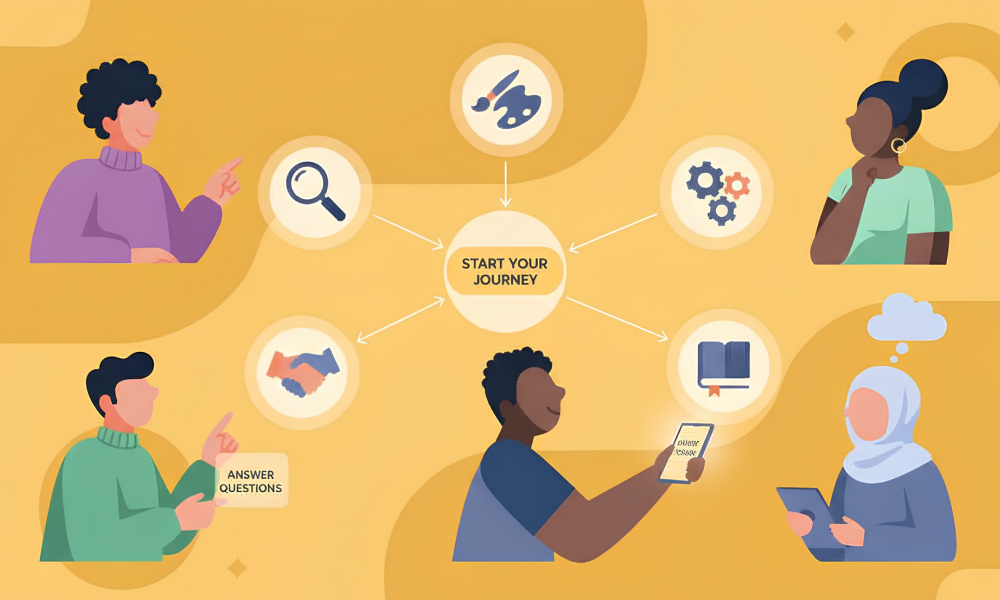
A Step-by-Step Playbook to Turn Insight Into Offers
Begin with a self-inventory: interests, values, constraints, and sustainability needs. If you’re testing the waters, a free career path finder provides quick orientation before you commit deep time or money. From there, convert themes into hypotheses and pick a narrow slice to test. Small, well-designed experiments beat broad, unfocused effort every time.
Next, translate learning into tangible signals the market respects. Pilot projects, shadowing, and freelancing can help you find perfect job matches through evidence rather than guesswork. Showcasing outcomes in a portfolio, case study, or Git repository builds credibility fast. Recruiters and hiring managers respond to proof, not just potential. Finally, script a repeatable routine for networking and applications. As trends shift, the system recommends steps toward your find your future job match while protecting optionality across paths. Align role targets with salary bands, culture preferences, and advancement ladders to avoid mismatches. Consistency compounds, and feedback loops accelerate every cycle.
- Run two-week sprints with clear goals and measurable outputs.
- Use informational interviews to calibrate language and positioning.
- Negotiate offers with data on market rates and impact stories.
Take Quiz to Find the Right Career for You
Start the Test →Frequently Asked Questions
-
How long does a structured career exploration typically take?
Timelines vary, but most professionals see clarity within four to eight weeks of consistent work. A powerful lever is a guided find my career path quiz that creates focus for your next experiments and conversations. Continual iteration, not one-off tests, drives durable outcomes you can trust.
-
What if my interests change during the process?
Change is normal, and a flexible plan anticipates shifts without derailing progress. Revisit your assumptions monthly, update experiments, and prune options that no longer fit. Agility protects momentum while you gather better evidence.
-
How do I avoid getting overwhelmed by too many choices?
Constrain your options to a shortlist and evaluate them against clear criteria like demand, pay, and lifestyle. A concise find your career quiz can prioritize themes so you focus on the highest-upside directions first. Reassess after each sprint and keep only what earns its place.
-
Can I pivot industries without starting from scratch?
Absolutely, because transferable skills bridge the gap between domains more than titles do. A targeted plan helps you translate achievements so hiring managers quickly see how you find what career fits you without needing a decade of experience. Portfolios and references fill any remaining credibility gaps.
-
How should I measure progress besides landing an offer?
Track leading indicators: quality conversations, interview conversion rates, and portfolio depth. When these metrics improve, offers and promotions reliably follow. Celebrate small wins to maintain energy and consistency.
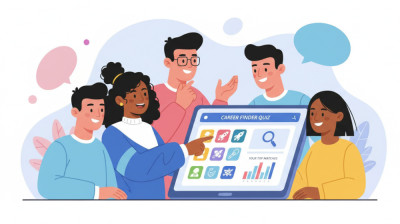 Free Career Planning Guide: Choose Tests That Reveal Your Strengths and Fit
Free Career Planning Guide: Choose Tests That Reveal Your Strengths and Fit